Smart plugs, also known as smart outlets, are affordable and easy to use devices that can make home appliance smarter and energy-conscious. Simply plug a smart plug into any outlet, and then connect your appliance (think lamps, TVs, coffee makers). Voila! Now you can control your appliances remotely through your smartphone with a tap or even use voice commands for hands-free convenience.
Welcome to the world of smart technology! With the new generation of homes and buildings being constructed and existing structures continually being upgraded, there is a growing demand for energy efficiency and sustainable living.
One such has been the smart plug – a simple device that has made quite a revolutionary impact. These small devices indeed have the capability to turn run-of-the-mill appliances into smart devices as and when you want simply taping your mobile app or saying a few words to the gadget.
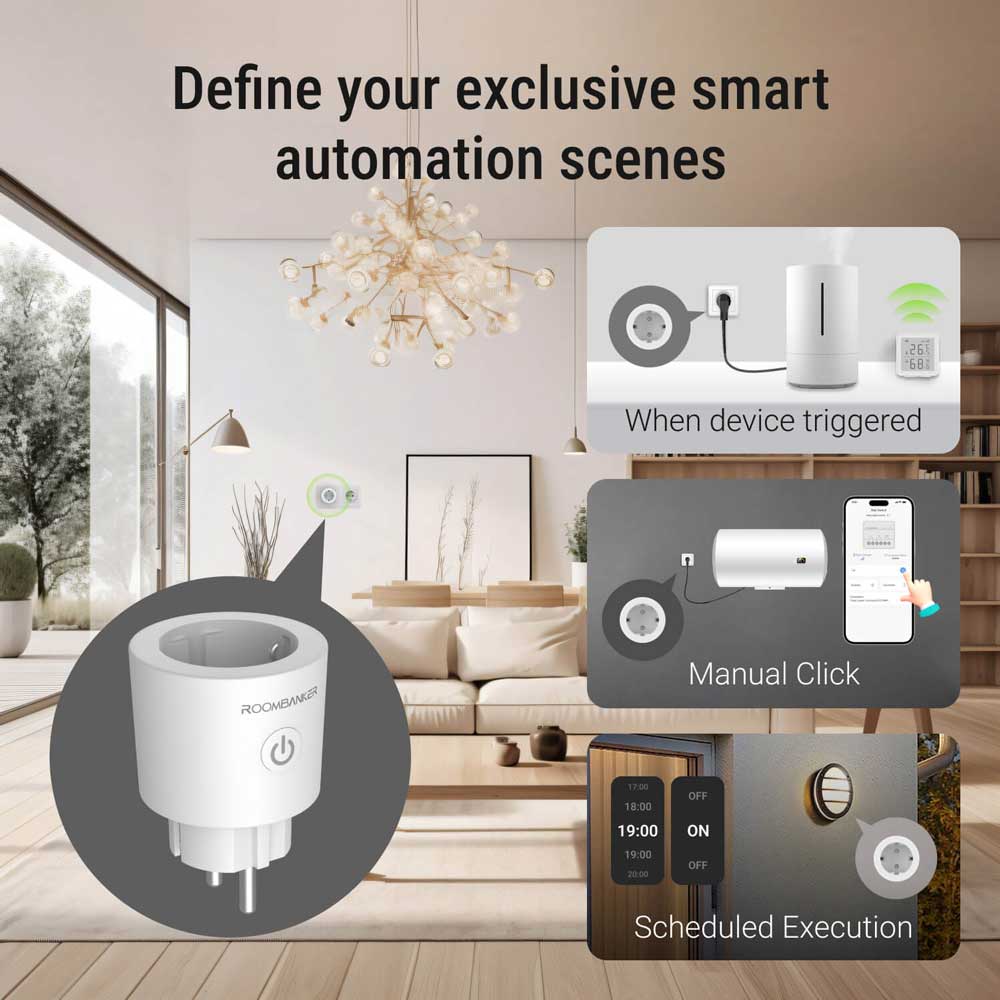
But, what actually is a Smart plug, And how it can help us all? It is time to start presenting more information regarding the productive intelligence of these clever outlets.
What is a Smart Plug?
A smart plug can therefore be defined simply as a plug that is connected to an outlet and can be controlled from an mobile application or orally.
Many of them connect to home electrical appliance and interface these appliances with a traditional wall socket so that you can switch the power on or off, set timing and scheduling, and even quantify energy use — all through your smartphone or voice assistant.
Exceptionally, these pin-sized gadgets get connected to the home network and other home automation systems through different wireless protocols like Wi-Fi, Zigbee, Z-Wave, BLE, RBF or even the upcoming Matter standard.
Smart plugs connect seamlessly into your smart home network and help manage and wire countless appliances and devices to your smart home’s advantage, making living experience easier, more productive, and environmentally friendly.
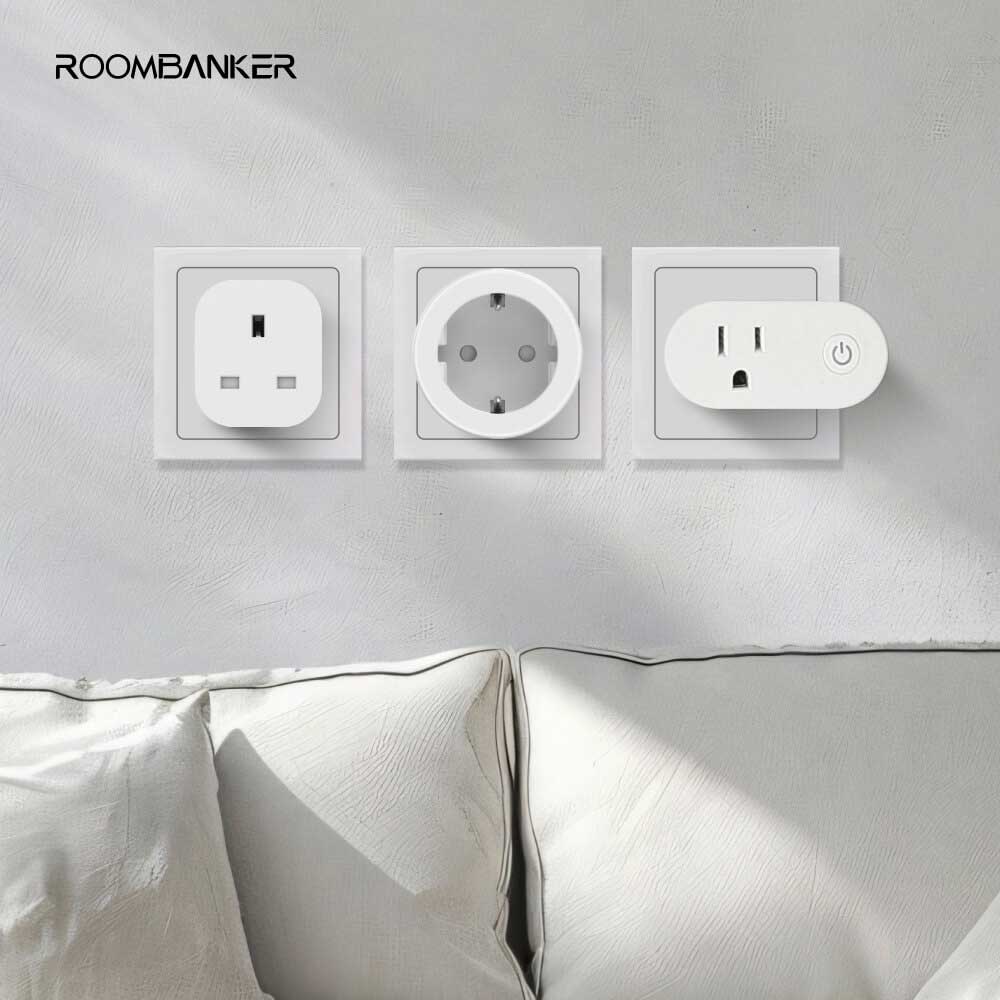
How Does a Smart Plug Work?
The smart plug works in a compatible smart home security hub with a compatible mobile application. Once you plug your appliance into the smart plug and connect it to your home network, you can control it in several ways:

Remote Control
One can easily switch on or off the power of the appliance just by sliding their fingers across the screen of the smartphone or by giving voice commands to the virtual assistant; the appliance is responsive even if the users are in different parts of the world but have access to the internet.
Scheduling
For instance, most of the smart plugs available in the market have the ability to set timers and schedules that define when certain appliances should be on and others when they should be off. This feature is very useful especially when you have appliances like coffee makers, slow cookers, or some sets of lights Back Home for Holiday that you can just set and forget, without having to manually turn them on or off.
Automated Linkage
For instance, smart plugs can connect with other home automation smart products like PIR motion detection sensors, door magnetic sensors, temperature and humidity monitors, and so on, to form scripts or modes. For instance, using a smart plug, it is possible to have the lamp switch ON as soon as you are within a specified range of your home or have the fan switch OFF as soon as you are out of range.
Energy Monitoring
Advanced smart plugs like Roombanker’s have energy consumption measurement technologies whereby you can monitor and record the consumption level of the appliances that you connect to the smart plug. This feature can make valid recommendations about specific appliances or electronics using more energy than others and teach you how to save energy in your home.
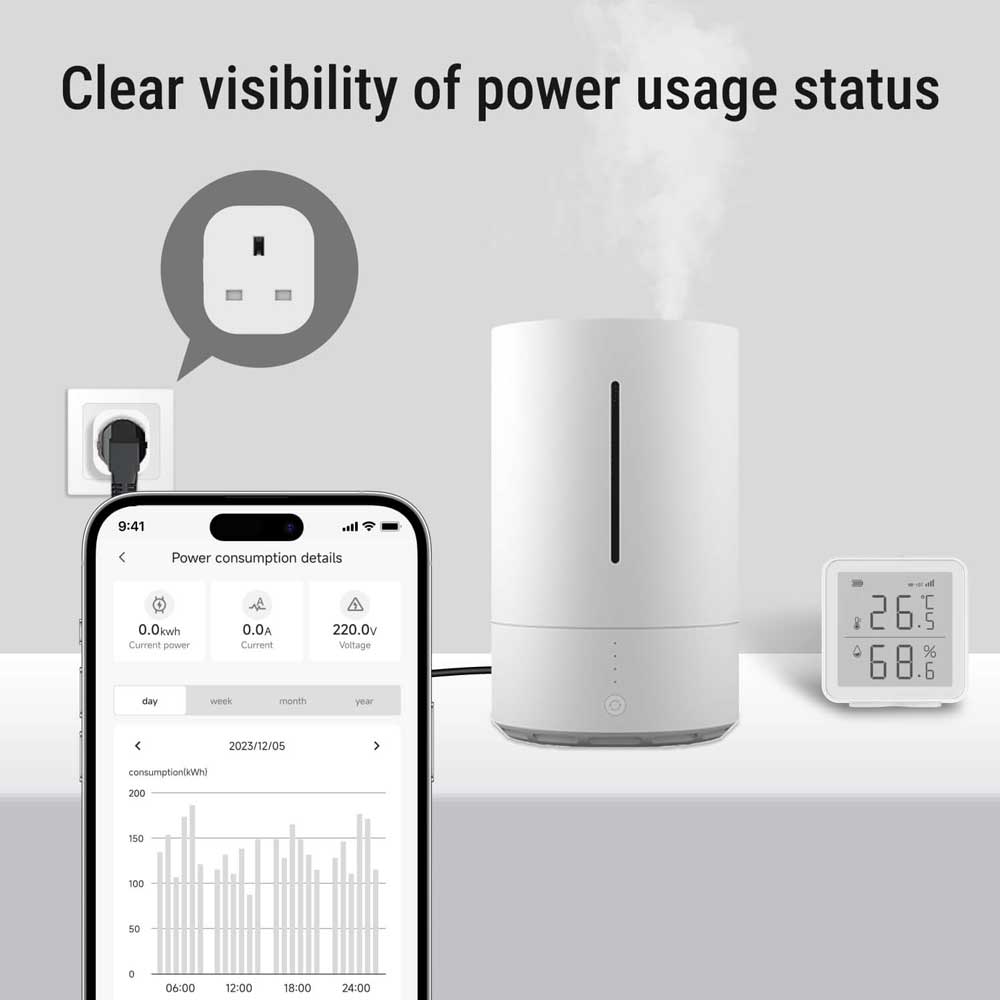
What Does a Smart Plug Do?
A comparison makes you know better what does a smart plug do:
Before Smart Plugs: Limited Control
Traditional electrical outlets are pretty basic. Appliances plug in, you turn them on and off manually – that’s it. No remote control, no fancy features.
Enter the Smart Plug: Power Up Your Possibilities
Smart plugs offer a simple yet powerful solution. These handy devices transform those standard outlets into remotely controllable gadgets.
Wireless Protocols Used for Smart Plugs
Smart plugs can communicate using various wireless protocols, each with its own advantages and disadvantages. Let’s explore some of the most commonly used protocols:
WiFi
WiFi deployment often employs 2 channel options ranging from 4GHz and 5GHz frequency bands and is marked by high data transfer rates, ease of use, and compatibility with almost all smart devices and routers.
Another bonus for WiFi, for instance, is that it has high bandwidth given its functionality, and it is ideal for rendering huge chunks of data like videos and audio. Nevertheless, the benefits are not accompanied by only advantages.
The present high electrical power consumption of this protocol can limit its application, particularly in battery-driven systems. Smart surroundings also deteriorate their performance in situations like network congestion.
Zigbee
The Zigbee protocol is a wireless communication protocol with low power consumption and a mesh network structure. It is suitable for connecting smart devices with low data volume communication, such as lamps, smart sensors, and smart locks.
Zigbee features include low power consumption, high scalability, and mesh network support. The advantage is that it is suitable for battery-powered devices that run for long periods, with stable coverage and high scalability.
However, the Zigbee protocol also has disadvantages, such as lower data transfer rates and the need for dedicated Zigbee gateways to connect to WiFi networks and the internet.
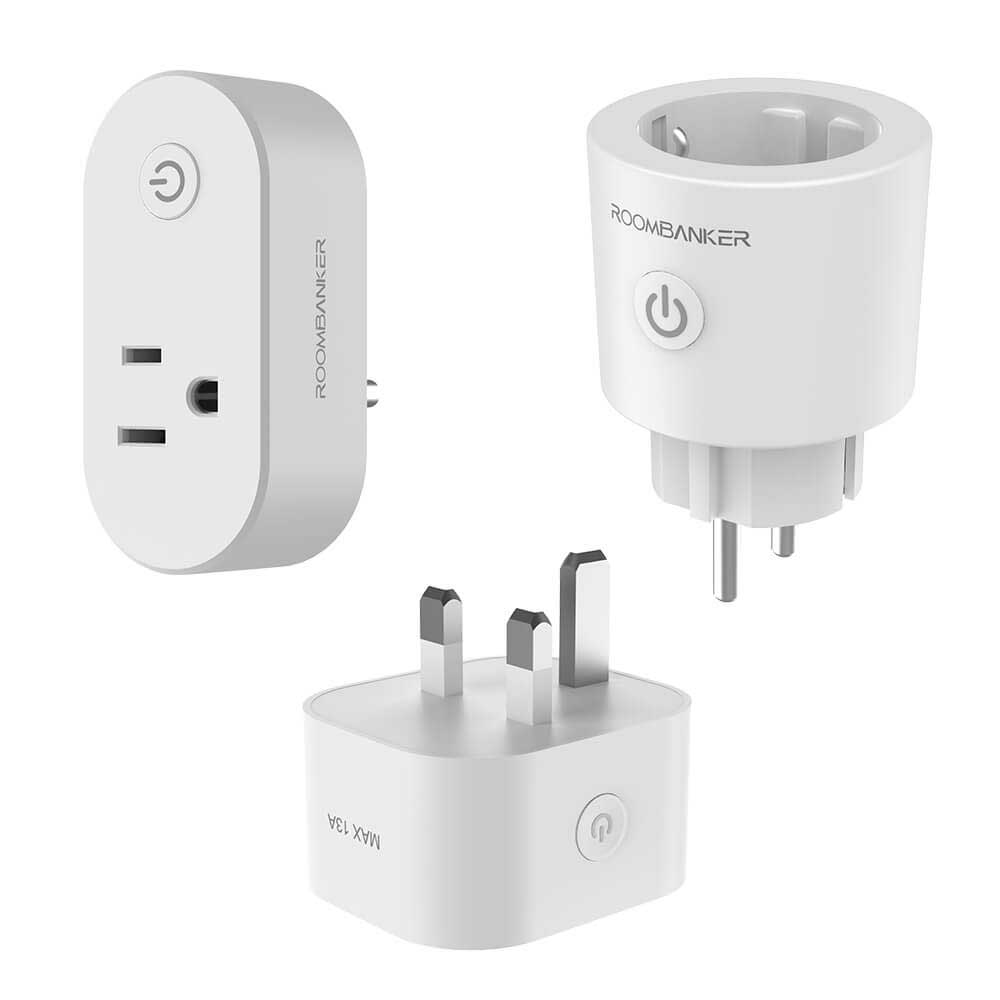
Matter
Matter is a new smart home protocol that has been developed by a group of companies such as Apple, Google, Amazon, and others, with the Zigbee Alliance as a partner. Existing to standardize the way smart devices in smart homes communicate and share data by establishing these common communication protocols and data models, certified smart devices manufactured by different companies can still recognize and intercommunicate with each other.
Shaping the foundations of the Matter protocol, the approach relies on IP (Internet Protocol) communication and such advanced safety features as end-to-end encryption to safeguard communication. This standardized smart home protocol should help develop and/or expand the smart home product market, elevate user satisfaction, and foster the growth of the broader smart home market.
Z-Wave
The Z-Wave is a wireless protocol developed for use in home automation that acts as a means of communication between respective devices. It is designed to work at low-power radio frequency, thus supporting a mesh networking topology. Its benefits are low power consumption; a broad range and stable coverage of the mesh network; it is applicable to long-time battery-powered devices; and comparatively, it receives much interference from other wireless devices.
However, Z-Wave smart devices always need the use of Z-Wave gateways to interface with WiFi networks and the internet which cost substantially more and generally come with limited device choices due to the proprietary nature of Z-Wave.
RBF
The RBF protocol is an ultra-long-distance and low power consumption, but high security and two-way wireless communication protocol designed by Roombanker and applicable to smart home security. It is mainly employed to perform data exchange between the smart home security devices and interact with them.
This is one of the most significant benefits and distinctive features of the RBF protocol as it remains highly adaptable and scalable depending on the particular requirements in terms of the offered smart devices. Moreover, since the RBF is a low power-band signaling scheme it is suitable to be employed on battery-powered devices that are typically long-lived and have high communication bandwidth.
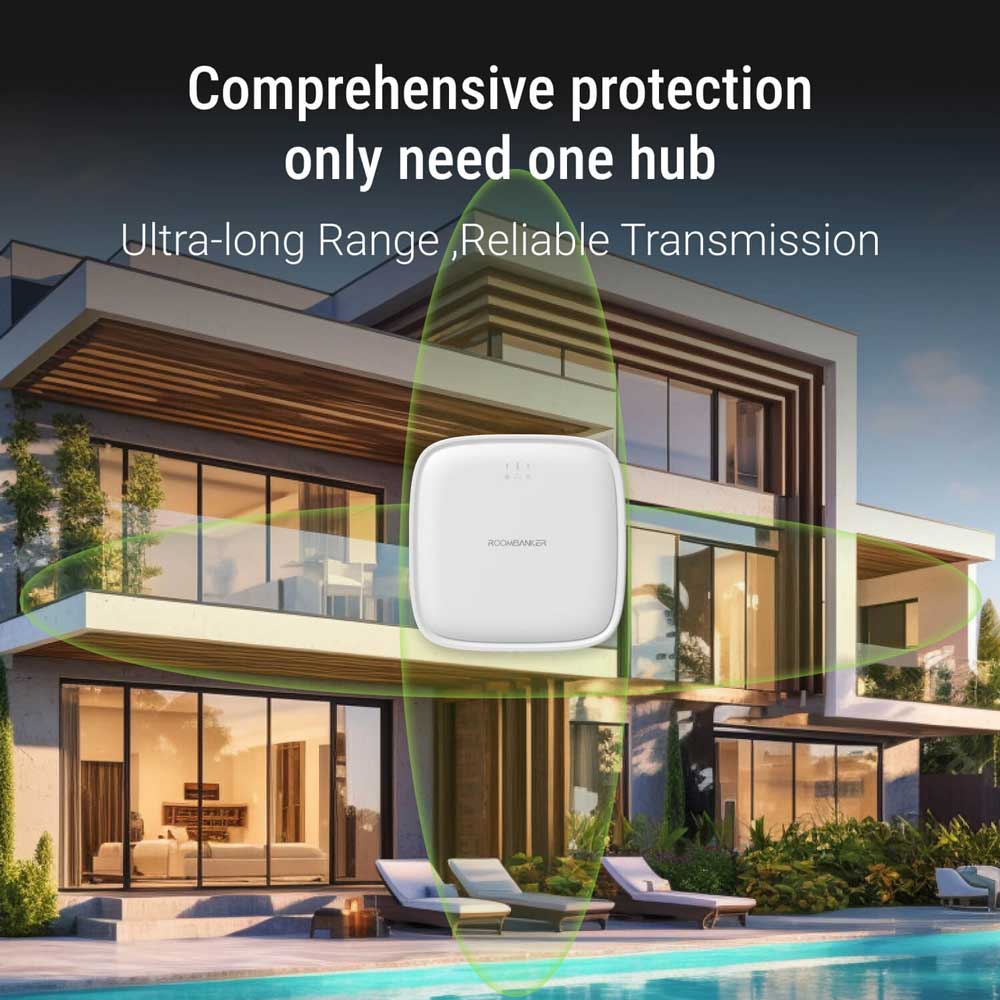
What Can You Do with a Smart Plug?
The possibilities are endless when it comes to the practical applications of smart plugs. These smart devices range from wake-up alarms to home protection, energy usage, and control, merging modern technology with traditional outlooks. Here are just a few examples of how you can leverage the power of smart plugs:
Save Energy and Money
In this case, smart plugs assist you in detecting this energy vampire and getting rid of them – these are the devices that seem harmless but still consume energy when not in use. Indeed, a strategy for managing the energy that is consumed, by observing the power or by encapsulating it within certain timetables or parameters can decrease your expenses or carbon emissions.
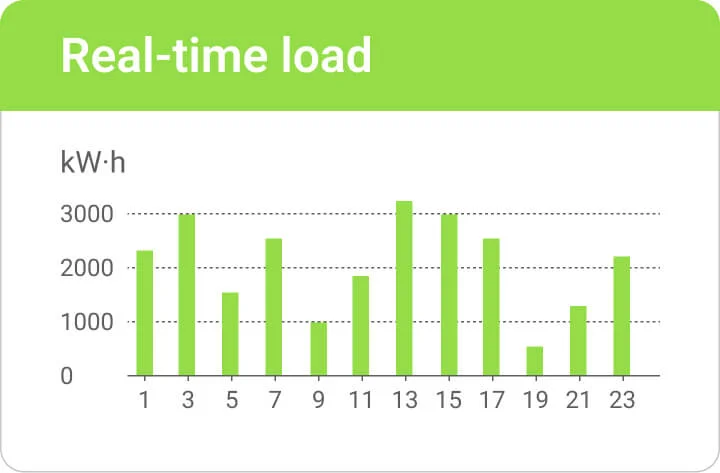
Enhance Home Security
With smart plugs, it is easy to use them to work together with motion detectors, door sensors, or security cameras to form general home security. For instance, you could configure your smart plug to switch on a light or the radio whenever movement is sensed to make it appear that the house is occupied; thus, making would-be burglars think twice before attempting a break-in.
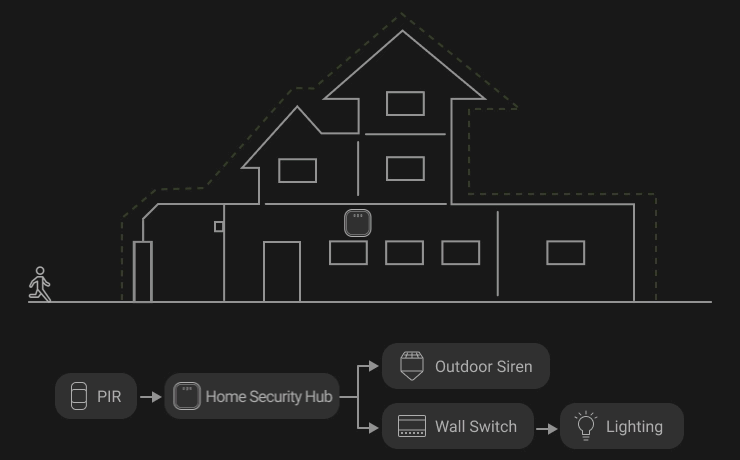
Automate Your Morning Routine
Picture yourself sleeping comfortably and peacefully, only to have the smell of freshly brewed coffee waft through your door because you have configured your coffee maker through the smart plug. Or even better, let your smart plug bring on the bathroom heater or any towel warmer you have even before you leave your bed all set to embrace the new day.
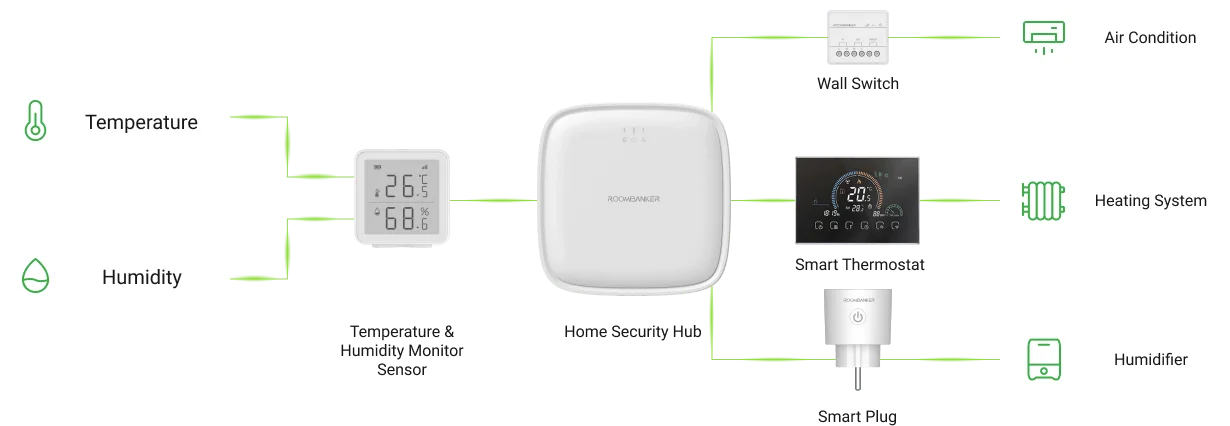
Control Your Holiday Lights
Four different modes show a progressive combination of glowing colors that allow users to avoid entangled cables and numerous physical buttons. You can configure your smart plugs to turn your holiday lights on when it gets dark, and then switch them off when it gets light or even to the rhythm and beat of popular holiday tunes.
Outdoor Automation
It is also important to note that smart plugs are very useful for outdoor applications; we have seen various types that are built to endure harsh weather conditions to control the operation of patio lights, water features, and those festive lights you put around the house during the festive seasons.
Benefits of Using Smart Plugs
Now that you’ve seen some of the ways you can use smart plugs, let’s explore the key benefits of incorporating these intelligent outlets into your smart home ecosystem:
Convenience and Control
Through smart technology plugs you are able to turn on your appliances and other electronics at any specific time even when you are not within the vicinity by using your smartphone or even through a voice command. No more arriving home to a dark house or waking up with the lingering smell of food cooked in a slow cooker left all day in the house.
Energy Efficiency and Cost Savings
Rather than trying to unplug all appliances and gadgets that are turned off, a smart plug can be used to time certain devices to power off automatically or to identify any unusual usage that is causing more power consumption than usual, leading to increased energy savings and reduced expenses.
Automation and Integration
Smart plugs can also be interfaced with other smart home systems like voice recognition assistants, security systems, and even lighting control systems allowing you to develop and set a range of complex routines that are convenient to you.
Enhanced Safety
Smart plugs also offer useful functionalities, such as overload protection and the ability to turn off a device remotely, making electrical dangers less possible and ensuring that one can relax when they are away from home.
Versatility
Smart plugs are compatible with any electric appliance or gadget, including lamps, fans, coffee makers, Christmas decorations, and so on, so it is very likely to become a fashion in an intelligent family.
Choosing the Best Smart Plug
With so many options on the market, it can be challenging to choose the best smart plug for your needs. Here are some key factors to consider:
Child Safety
For possible risks in which the children can be harmed, consider the smart plugs with child lock or tamper-proof outlets that won’t allow the kids to turn the plugs on by themselves or risk getting electrocuted.
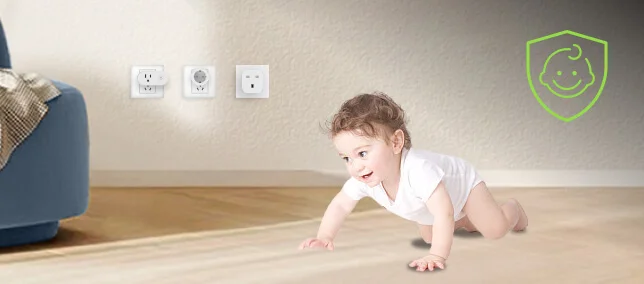
Control Options
Select smart plugs that can be controlled in the following methods, remote, schedule, and voice when connected to a compatible smart assistant. This is because the plugs can be easily configured into the pre-existing smart home devices.
Power Metering
Most smart plugs have the options for power metering thereby assisting users in keeping track of the energy use of the device that has been connected. This feature can assist you in quickly noting such appliances as well as deciding on further measures that you want to take to minimize overall consumption of energy.
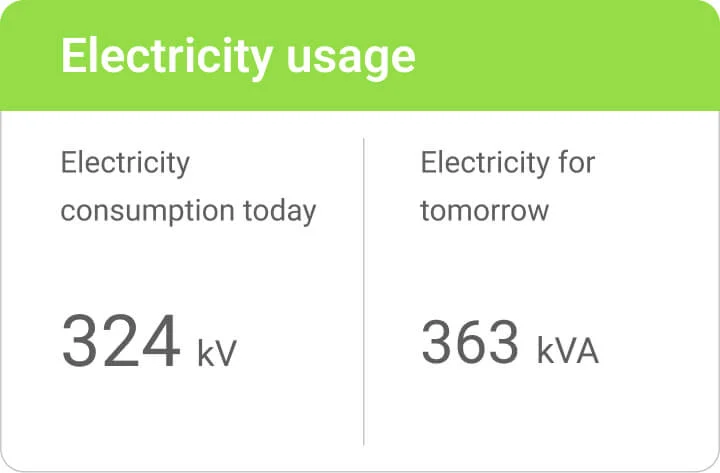
Quick Response Time
While selecting smart plugs, also consider the response rate; the devices should follow your orders without significant lag time.
Overload Protection
Go for smart plugs that are equipped with overload protection; this is especially important because the smart plugs protect your connected devices from short-circuit or electrical surge situations thus preventing a likely-range issue like damage or creating a safety complication.
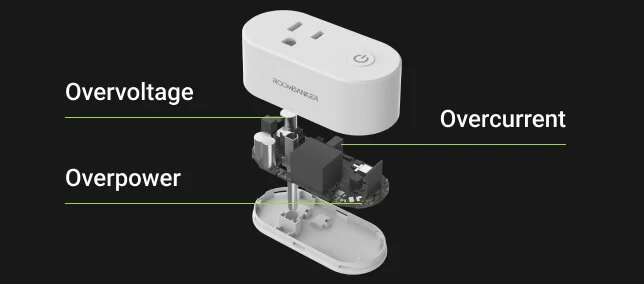
Compatibility
Just be certain that the smart plug you select is compatible with your present smart home setup system, from Wi-Fi to Zigbee to Z-Wave to the emerging Matter protocol. This will ensure that there are no conflicts with future technologies so that integration can be facilitated easily.
Range and Connectivity
Think about the coverage or signal range and the connectivity of the smart plug – important, if you live in a large house or use the smart plug outdoors. While other plugs can be chained together, some of them can extend their range and ensure better connectivity with the help of a hub or smart gateways.

Hence, when choosing a smart plug, by considering these features, you will be in a position to look for a smart plug that shall meet your needs and requirements, as well as fit in well with your other smart devices at home, as well as ensure that the intended home appliances or electronics that you want to control are made smart and energy efficient in the best and safest way.
Final Words: Distribute or Custom Smart Plugs with Roombanker
Over time as the smart home system is rapidly improving and growing the need for great and competent smart home systems is going to be higher and higher. Investors who want to maximize their profits in this growing market or manufacturers, distributors, and retailers in the business could benefit from associating with Roombanker.
One advantage of working with our expert product designers is that you can have expert smart plug solutions that may have features not available in the usual market and even customized smart plug packaging or large-scale smart plugs. Because of our advanced capabilities and deep understanding of the industry trends, you’re sure to have your smart plugs observed in the sea of rival solutions, and your customers are guaranteed the most seamless and efficient smart home experience.
It’s high time for civil engineers to be at the heart of smart home improvement and innovation. Contact Roombanker today and let’s create living spaces that could be the homes of tomorrow, today.
